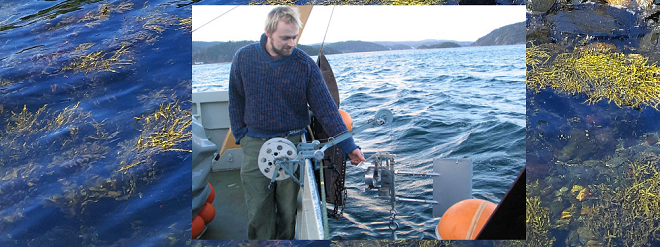Booking and prices
The instruments are only for use in teaching and research activities at Dept of Geosciences.
Contact information:
Facility Manager: Pål Erik Isachsen
Location: Sem Sælands vei 1
0371 OSLO
Norway
Instruments:
-
Integrated ICTD (Falmouth Scientific, Inc.) with additional sensors:
- SeaPoint Fluorometer chlorophyll sensor
- SeaPoint Turbidity Sensor (OBS)
- WetLab CDOM Fluorometer
- The water sampler connected to the CTD-instrument is:
- Sure-Fire Rosette Water Sampler System with 12-position, 1.7-litre bottle capacity, and several 1.7-Litre and 5.0-Litre bottles without reversing thermometer rack.
- In addition to this do we have these instruments:
- six Tinytag underwater temperature sensors from Gemini Data Loggers,
- a current meter with conductivity and temperature sensors from Sensordata,
- a spectral irradiance and radiance recorder PRR-600 and its deck reference PRR-601 from Biospherical Instruments,
- a spectral transmittance meter ac-9 from WET Labs,
- two Tyndall meters, manuctured by Kjell Nygård, and Henning Hundahl - Dansk Havteknik,
- several types of Secchi disks,
- several historical instruments used in oceanography, like the Ekman current meter, the Fjeldstad current meter among others.
Description of services:
- The instruments are used in teaching in our oceanography courses, and in research in physical oceanograpy at Department of Geosciences.
